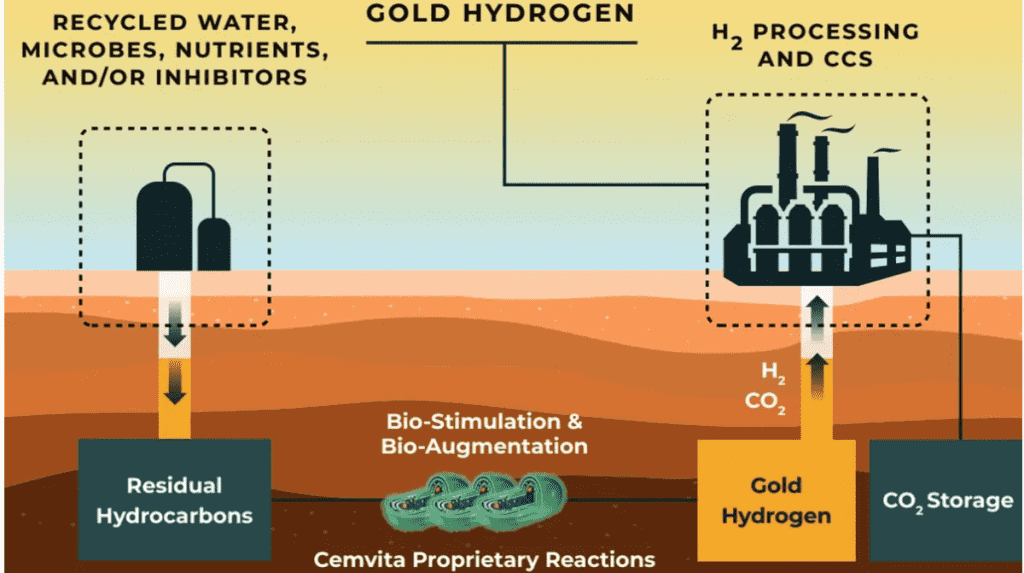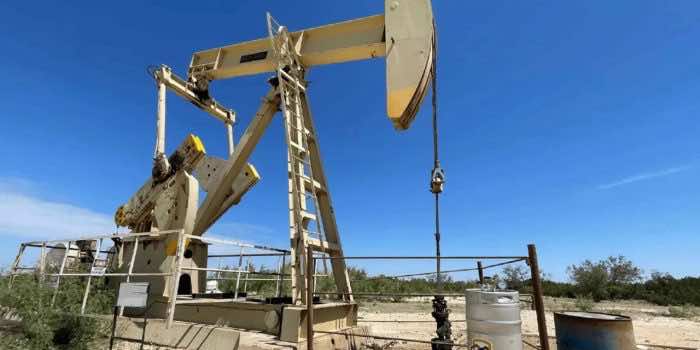A US start-up, Cemvita Factory has a sturdy investment background as its investors are huge entities like Mistubishi and United Airlines. The business aims to produce “gold” hydrogen at less than US$1/kg by using quite an innovative technique.
The company is based in Texas and it intends to pump special microbes into depleted and abandoned oil and gas wells, where they’ll eat and excrete oxygen.
“Gold Hydrogen is a novel source of carbon neutral hydrogen produced from depleted oil reservoirs that are ready for plug and abandonment, extending the life of wells that would otherwise be a significant burden,” a press release from the company says.

At first, when they’re tapped, the oil wells give maximum production. The pace slows down when it costs more energy to extract the remaining oil than you can sell it for. This results in excess being left in depleted wells. Cemvita wants to utilise this and turn all these wells into biological hydrogen farms.
The company says that the naturally occurring subsurface microorganisms consume the carbon inside the fossil fuels. This gives off 20 to 50 tonnes of hydrogen per field in the process, that leads to the “lowest possible cost of hydrogen production today and the largest players in the energy and industrial sector have taken serious notice”.
These microbes eat oil and ‘poop’ the world’s cheapest clean hydrogenThe process.
Cemvita
The company also emphasises that they’re “actively” collaborating with regulatory agencies about the application of genetically engineered microbes. “In some cases, since we are only enhancing the natural ability of microorganisms (for example, by increasing the copy number of genes that already exist), the microbes are not considered genetically modified. Regulatory assessment is included as a deliverable for our projects,” the website says.
“In a very short time frame, we moved our microbes from the lab to the field. The hydrogen production in this trial exceeded our expectations,” said Zach Broussard, Director of Gold H2 at Cemvita. “As we continue to use hydrogen-producing microbes downhole, we anticipate we can achieve rates that will translate to hydrogen production at $1/kg or less.”
However, there are risks involved. New Atlas reported that the company would first have to have regulators on board about the fact that its microbes are safe for use and will not tamper with the environment.
Additionally, Cemvita depends on carbon capture and storage to keep its hydrogen “carbon neutral”. According to New Atlas, this could limit sales as regulations get more rigid in the future. Lastly, Cemvita requires oil wells to advance its plan further. It will have to license the technology to or partner with oil companies to get its microbes running.


